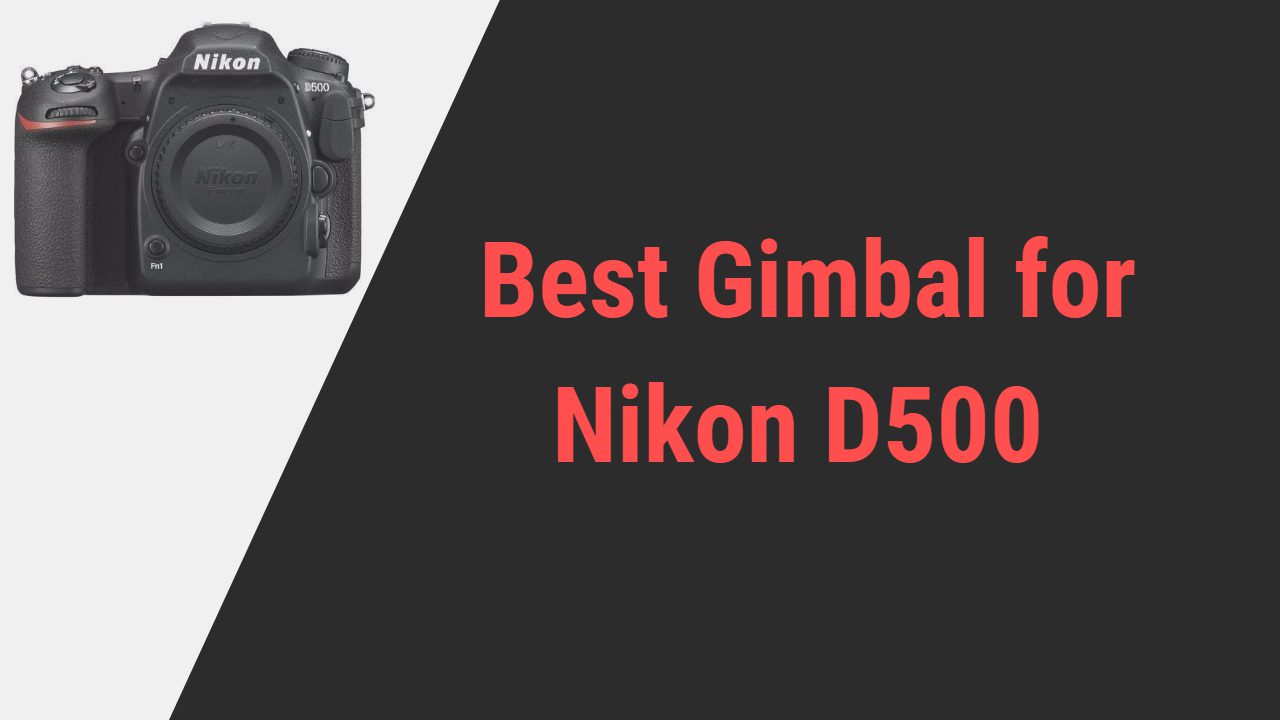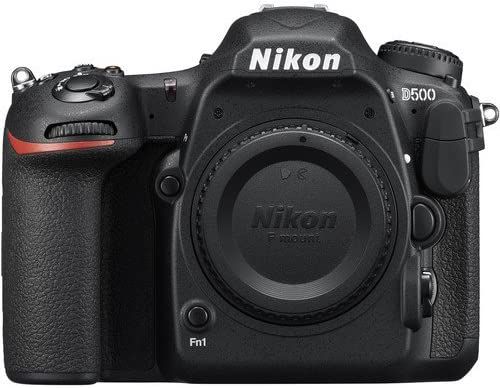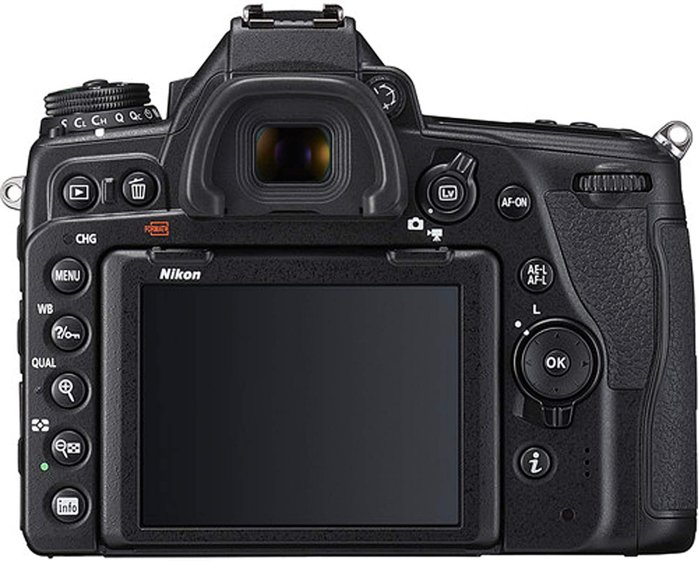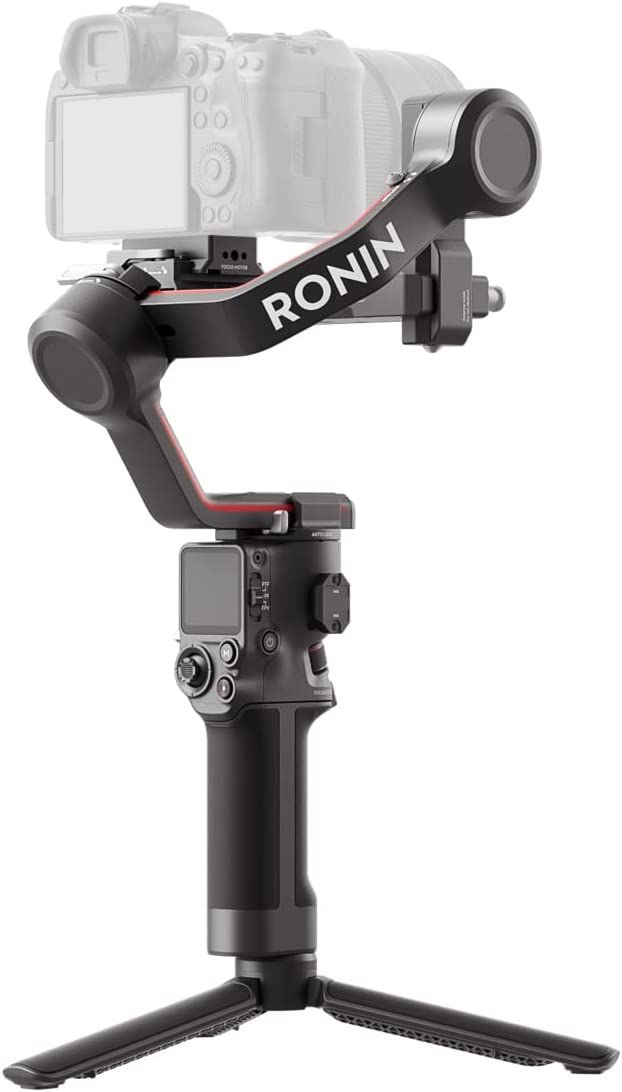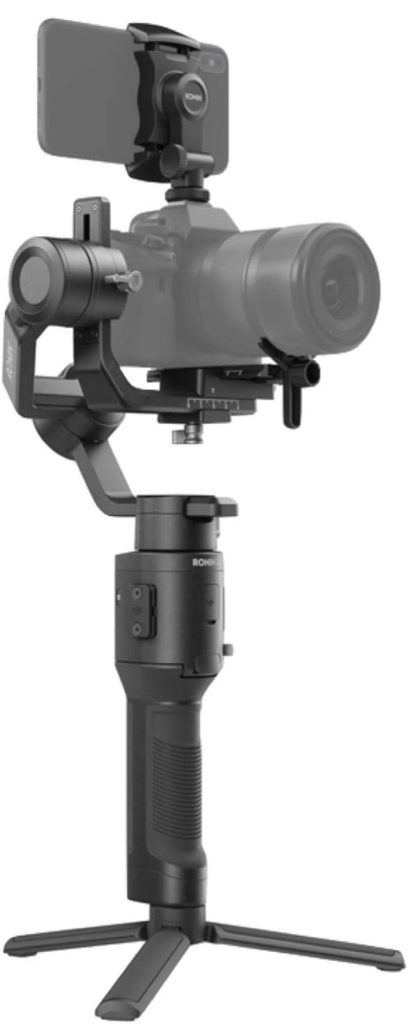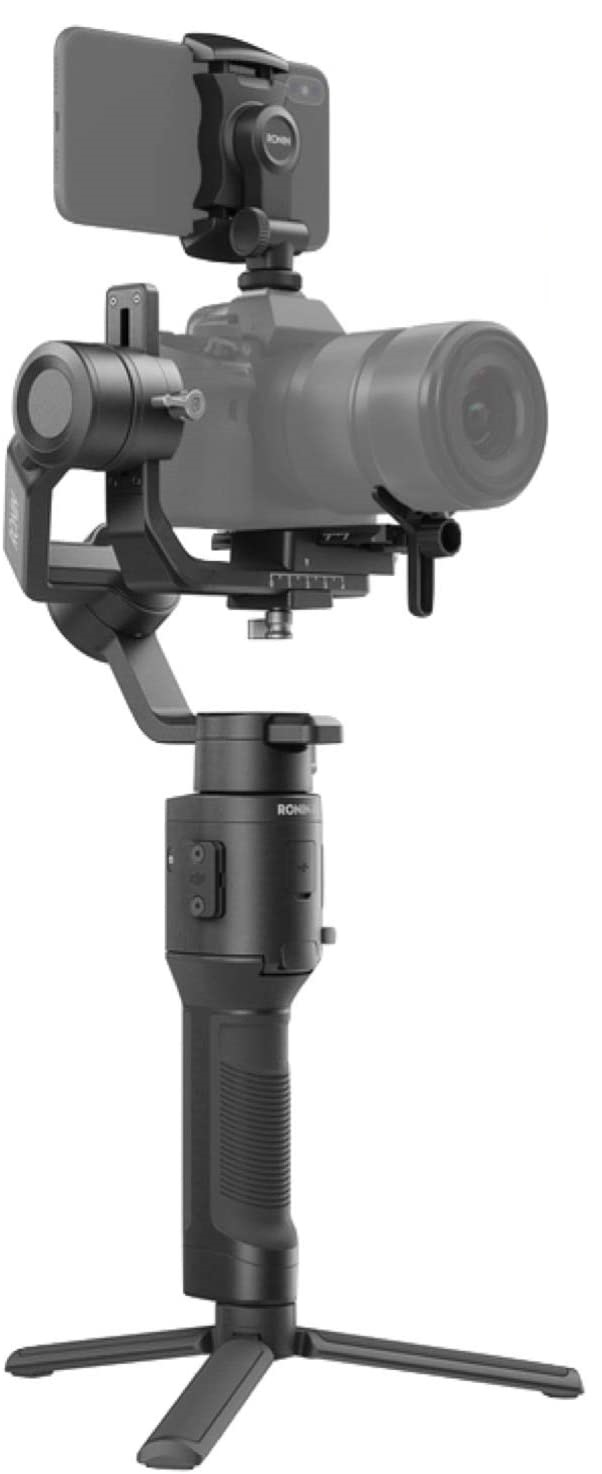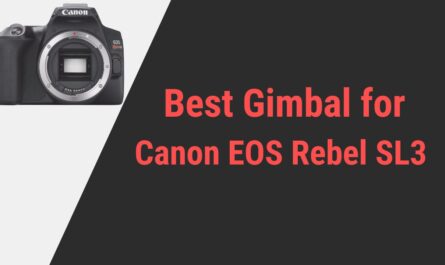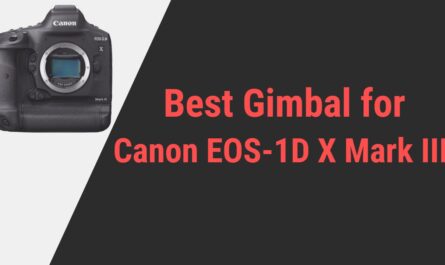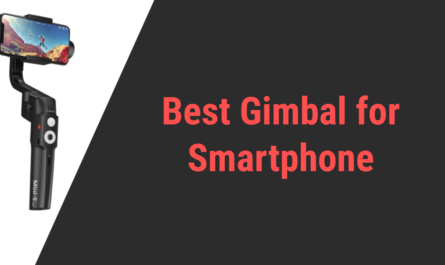There are so many different cameras available in the market, and to make the most use of them is always a wise choice to get a gimbal. If you do not know about the Nikon D500, let us tell you that it is one of the most professional-grade cameras you can get.
It is vastly known for its high-speed performance, advanced autofocus system, and impressive image quality. A gimbal is the best choice for your requirements to ensure steady and smooth footage. In this article, we will review the best gimbals for the Nikon D500, considering factors such as compatibility, stability, and ease of use.
Whether you are looking to capture professional-quality video or smooth and stable still shots, one of the gimbals reviewed in this article will surely meet your needs. Once we have reviewed the different gimbals that you can get for this camera, we will also guide you in buying one for yourself.
The most important aspect of getting a gimbal for your camera is to know your camera before you get any gimbal for it. Let’s get to know about the camera which you will definitely adore,
Nikon D500
Nikon is known for providing some of the best cameras among many other cameras. The Nikon D500 is a high-end APS-C format DSLR camera released in 2016.
It is aimed at professional photographers and enthusiasts who demand exceptional image quality and performance in a compact and rugged body.
Nikon D500
Here are some of the key features and specifications of the Nikon D500-
- 20.9-megapixel CMOS sensor with EXPEED 5 image processing engine
- 153-point autofocus system with 99 cross-type sensors
- 10 frames per second continuous shooting
- 4K UHD video recording
- 3.2-inch touch-sensitive LCD screen with 2,359,000 dots
- Built-in Wi-Fi and Bluetooth for easy sharing and remote control
- ISO range of 100-51,200 (expandable to 50-1,640,000)
- Dual card slots (XQD and SD)
Note:
All the gimbals mentioned here are tested with a Nikon D500 camera and work perfectly fine.
| DJI RS 3 (Best Overall)

|
| DJI RS 3 Pro (Most High-end - Highest Payload Capacity & Comes with Advanced Features)
    |
| DJI Ronin-SC (Budget Pick - Low Payload Capacity)
    |
In terms of image quality, the Nikon D500 delivers excellent results, with sharp and detailed images even in challenging lighting conditions. The autofocus system is fast and accurate, making it easy to capture fleeting moments.
The 4K video recording capability is also a big plus, especially for photographers who want to dabble in videography. In terms of design and build, the Nikon D500 is built to withstand rough handling, with a weather-sealed body that is resistant to moisture and dust. The camera’s controls are well laid out and intuitive, making it easy to access the features you need quickly.
Overall, the Nikon D500 is a top-of-the-line APS-C format DSLR that delivers outstanding image quality, performance, and build quality. If you are a professional photographer or a serious enthusiast looking for a high-end camera that can keep up with your demanding needs, the Nikon D500 is a great choice.
Now that we know a little bit about the camera, we can surely head into different gimbals that you can get for it. It is quite necessary to understand that no matter which gimbal you choose from the below-mentioned list, you will not have to worry about its compatibility with the D500 camera.
Best Gimbal for Nikon D500
1. DJI RS 3 – Best Overall
If you are a photographer or a videographer we are sure that you must have heard the name DJI. It is well known for providing some of the best gimbals that you can get in the market.
The DJI RS 3 is a powerful and versatile gimbal that is designed to meet the needs of professional filmmakers and content creators. With a payload capacity of up to 10 pounds, it can handle a wide range of camera setups and is compatible with the most popular cameras and lenses.
One of the standout features of this gimbal that we like about this gimbal is its enhanced stabilization system, which uses advanced algorithms and powerful motors to deliver smooth and precise movements.
The gimbal also features a range of intelligent shooting modes, including ActiveTrack 5.0, which allows you to track a subject with ease.
The RS 3 is also designed for ease of use, with a range of user-friendly controls and an intuitive OLED screen that provides important information at a glance. The gimbal is also compatible with the DJI Master Wheels, which allows for even more precise control over your shots.
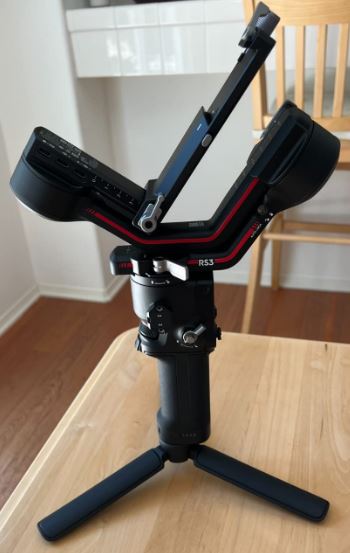

With its weight being just about 1.5 kg, it has the capacity to hold a payload of about 3 kg; It ensures that you can easily manage the weight of even different accessories.
We found that the grip of the gimbal is comfortable to hold, and the controls are easy to access and use. The RS 3 comes with batteries that provide up to 12 hours of continuous use. This is plenty of time to capture a full day’s worth of footage without needing to recharge.
Pros
- Long battery life
- Lightweight and compact
- Easy to use
- Many different shooting modes
- Touchscreen for easy use
- Impressive payload capacity
Cons
- It is at a costly price.
- Heavy accessories require time for balancing.
2. DJI RS 3 Pro – Most High-end & Premium Choice
DJI RS 3 pro is an upgraded version of DJI RS 3, and you will get everything a little bit top-notch compared to its predecessor. The RS 3 Pro features upgraded motors and control algorithms, which provide more precise and stable movements.
This allows for smoother shots even when moving quickly or in difficult terrain. With its weight being just about 2 kg, it has the capacity to hold the weight almost double its own weight.
You will have to ensure that with your Nikon D500, you will get the utmost professional-grade performance. The only challenge that you might face is balancing, although they have ensured that the balancing is quite easy to do with this gimbal.
The RS 3 Pro has a carbon fiber construction, which makes it even more lightweight and durable than the original RS 3. This makes it easier to transport and operate in challenging environments.
What we like the most about this gimbal is its full-color touchscreen interface that provides easy access to all of the system’s features and settings. This makes it easier to adjust settings and customize the system to your needs.
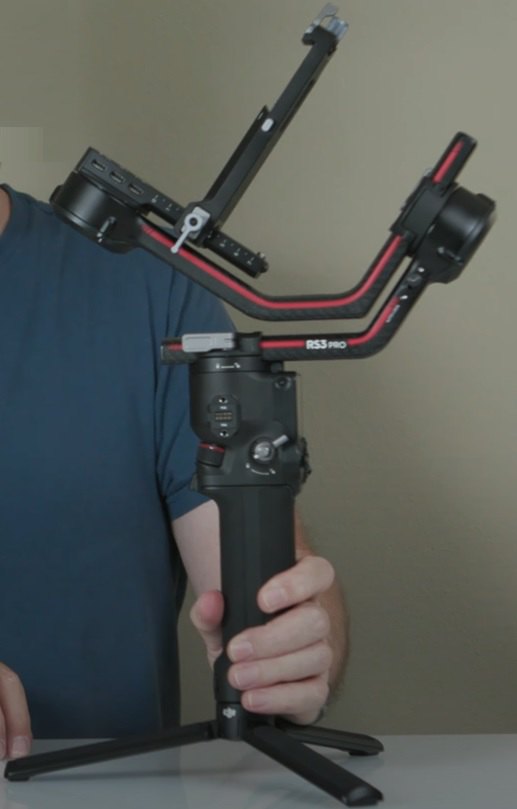

It even has a range of shooting modes, including Pan Follow, Lock, and Roll 360, which allow you to capture a variety of shots. This gives you the flexibility to create a diverse range of videos.
On top of all that, we are sure that you will be highly impressed with how easily you can handle the gimbal because of its compact size and a touch screen that lets you switch between different modes.
Pros
- Compact
- Great payload capacity
- Long-lasting build
- Many different shooting modes
- Lightweight
- Professional grade results
Cons
- It is expensive
- A tad bit heavy if you are just getting started with the gimbal
3. DJI Ronin SC – Budget Option
The last gimbal on our list is also a gimbal from DJI. You might have heard this name quite often as it is one of the most adored gimbals among many beginners as well as professional photographers.
It is a smaller and lighter version of the DJI Ronin-S, with a payload capacity of around 3 kg. The Ronin SC features a number of useful features, including a quick-release plate, which allows you to easily switch between handheld and tripod-mounted shooting.
It also features an intuitive joystick control, which allows you to adjust your camera’s pan, tilt, and roll.
We are impressed with how it includes a range of pre-set modes, including Sport Mode, which provides faster and more responsive stabilization, and ActiveTrack, which allows the gimbal to track a subject as it moves.
One of the most impressive features of the Ronin SC is its battery life, which can last up to 11 hours on a single charge. The gimbal also comes with a number of accessories, including a focus wheel, which allows you to control the focus of your camera, and a smartphone holder, which allows you to use your smartphone as a monitor.
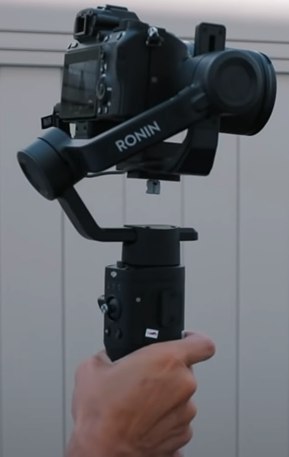

However, the Ronin SC is not without its drawbacks. One issue is that the motor noise can be audible in certain shooting situations, which can be a problem if you are trying to capture clean audio.
Additionally, the Ronin SC does not support heavier cameras, which may limit its versatility for some users. Overall, the DJI Ronin SC is a great option for those who are looking for a portable and easy-to-use gimbal stabilizer for their mirrorless camera.
Its compact size and range of features make it a solid choice for both amateur and professional videographers.
Pros
- Highly compact and lightweight
- Quick release plate
- ActiveTrack equipped
- Easy to use
- Comes at an affordable price
Cons
- Set up requires efforts
- Motor noise in videos
- Less payload capacity
Now that you have seen different gimbals, which are highly compatible with Nikon D500, we are sure that you will be able to choose any one of them which meets your requirements. To ensure that you are making the correct choice you can go through the buying guide mentioned below,
Buying guide for the best gimbal for Nikon D500
When it comes to finding the best gimbal for your Nikon D500, there are several factors to consider. A gimbal is a device used to stabilize your camera and reduce shaky footage, and with a high-end camera like the Nikon D500, you want to make sure you choose the right gimbal to get the best results. Here are some things to consider when selecting a gimbal for your Nikon D500.
Weight Capacity
The first thing you need to consider is the weight capacity of the gimbal. The Nikon D500 is a relatively heavy camera, so you need to make sure that the gimbal you choose can support its weight. Look for gimbals with a weight capacity of at least 1.5 times the weight of your camera.
The weight capacity of a gimbal is an important consideration because it determines whether or not the gimbal can support the weight of your camera. Gimbals work by using motors and sensors to stabilize your camera and counteract any movements, which requires a certain level of power and stability.
If the weight of your camera exceeds the weight capacity of the gimbal, the motors and sensors may not be able to stabilize the camera properly, resulting in shaky footage and potentially damaging the gimbal.
Axis Stabilization
The next thing to consider is the number of axis stabilizations the gimbal has. Most gimbals come with three-axis stabilization, which means they can stabilize your camera on three planes – roll, pitch, and yaw. However, some gimbals also offer four-axis stabilization, which adds a fourth plane – vertical movement.
This can be useful if you plan on shooting moving subjects. Axis stabilization is an important feature in a gimbal because it determines the number of planes on which the gimbal can stabilize your camera. A gimbal uses motors and sensors to stabilize your camera and reduce camera shake caused by movement, making it an essential tool for producing smooth, steady footage.
Battery Life
Gimbals run on batteries, so you need to consider the battery life of the gimbal you choose. Look for gimbals that have a long battery life, as this will allow you to shoot for longer periods without having to stop and recharge.
Battery life is an important consideration when choosing a gimbal because it determines how long you can use the gimbal without having to stop and recharge the batteries.
Gimbals are designed to stabilize your camera and reduce camera shake, but they do so by using motors and sensors that require a significant amount of power. This means that the battery life of a gimbal can vary depending on the make and model of the gimbal, as well as the size and weight of your camera.
Control
You want a gimbal that is easy to control and allows you to adjust settings quickly and easily. Look for gimbals that come with a user-friendly app that lets you make adjustments to the settings and features of the gimbal.
Getting a gimbal that is easy to control is important because it allows you to focus on the content you’re capturing rather than the equipment. A gimbal that is difficult to control can be frustrating and time-consuming, leading to missed shots and wasted time.
With an easy-to-use gimbal, you can make quick adjustments to the camera’s position, angle, and movement to get the desired shot. This can be particularly useful when shooting fast-paced action scenes or events where you need to move quickly to capture the moment.
Durability
You want a gimbal that is built to last and can withstand the wear and tear of regular use. Look for gimbals that are made of high-quality materials and have a sturdy design.
Getting a durable gimbal is important because it ensures that the gimbal can withstand the wear and tear of regular use and it can last for a long time without needing to be repaired or replaced.
A gimbal that is not durable is likely to break or malfunction easily, which can be frustrating and costly, particularly if it happens during an important shoot.
A durable gimbal, on the other hand, is designed to withstand the rigors of regular use, including outdoor shooting, transportation, and occasional bumps and knocks.
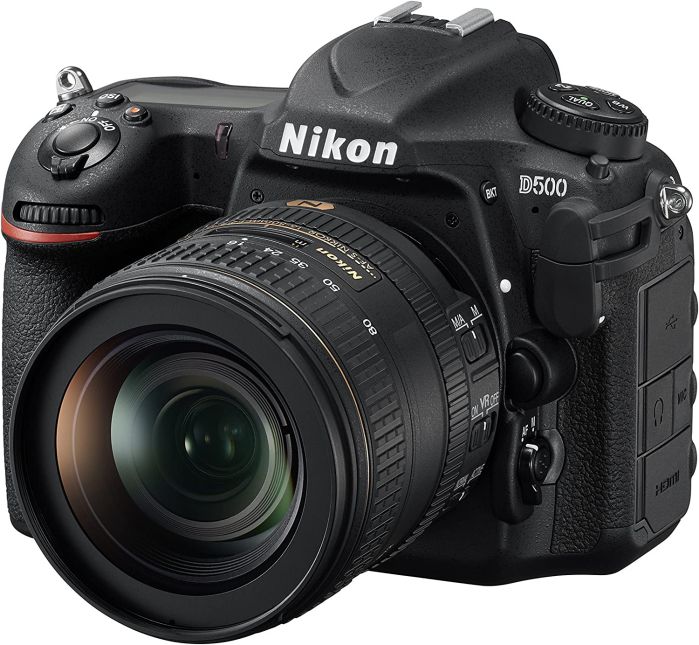

Now, you also need to understand why you shouldn’t choose a gimbal randomly and why it is important that you choose a compatible gimbal,
- Choosing a compatible gimbal is important because not all gimbals are designed to work with all types of cameras. When a gimbal is not compatible with your camera, it may not fit correctly, or it may not be able to support the weight of your camera, which can result in poor stabilization and even damage to your equipment.
- A compatible gimbal is designed specifically for your camera, which means it is calibrated to provide the best possible stabilization and can handle the weight of your camera and lens. A compatible gimbal can also ensure that the camera is securely attached to the gimbal, which can reduce the risk of accidents and damage.
- A compatible gimbal can provide greater control over the camera. When a gimbal is designed for your camera, it can provide more precise control over the camera’s movements, which can help you achieve the desired shot.
- Choosing a compatible gimbal can help you save time and money. When you choose a gimbal that is designed to work with your camera, you can avoid the cost of buying a new camera or a new gimbal. You can also avoid the time and frustration of trying to find workarounds or solutions to compatibility issues.
- Choosing a compatible gimbal is important because it can provide the best possible stabilization for your camera, ensure that the camera is securely attached to the gimbal, provide greater control over the camera’s movements, and save you time and money in the long run. When selecting a gimbal, be sure to check that it is compatible with your camera model and brand.
Final Thoughts
Now that you have understood that choosing the best gimbal for your Nikon D500 is an important decision that can affect the quality of your videos and the longevity of your equipment.
When looking for a gimbal, you should consider factors such as weight capacity, axis stabilization, battery life, ease of control, and durability.
Additionally, it’s important to choose a gimbal that is compatible with your camera, to ensure the best possible stabilization and control. There are many other options on the market, and the best gimbal for your needs may depend on your specific shooting requirements and preferences.
We recommend all the gimbals mentioned above and testing them with your Nikon D500 before you make your purchase decision.

